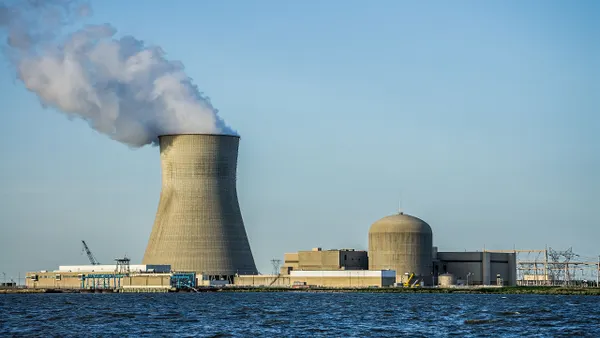Dive Brief:
- A report making the rounds at the Electric Reliability Council of Texas (ERCOT) analyzes several potential changes to a price adder designed to ensure sufficient generation is available, but so far no consensus on a change has been reached.
- ERCOT began examining the adder after a member of the Public Utility Commission of Texas raised concerns that the adder did not reflect a drop in capacity seen in physical responsive capacity (PRC) over the summer.
- There is consensus on some points, Platts reports, including not raising the price cap from its current level of $9,000/MWh, and not giving the grid operator more flexibility in calling for emergency alerts.
Dive Insight:
This week, the operator's Wholesale Market Subcommittee put its stamp on a report that originated in the Supply Adequacy Working Group; while there was no consensus on a solution, the report appears to keep open the idea of raising price caps, but said "at this time" they should remain stable.
The issue was raised last year when Texas PUC Commissioner Ken Anderson sent a letter to the grid operator with concerns that on a day in August the scarcity adder "did not seem to reflect appropriately the reduction in physical responsive capacity (PRC) that occurred."
The adder, dubbed the Operating Reserve Demand Curve, has several components which could be altered, including minimum contingency levels for operating reserves and the levels of responsive reserve service.
Last month, ERCOT said large amounts of generation coming online in 2017 and 2018 are expected to push reserve margins above 20%. The grid operator is expecting more than 5,000 MW of new generation to come online by the summer of 2017 and another 4,300 MW in 2018.














